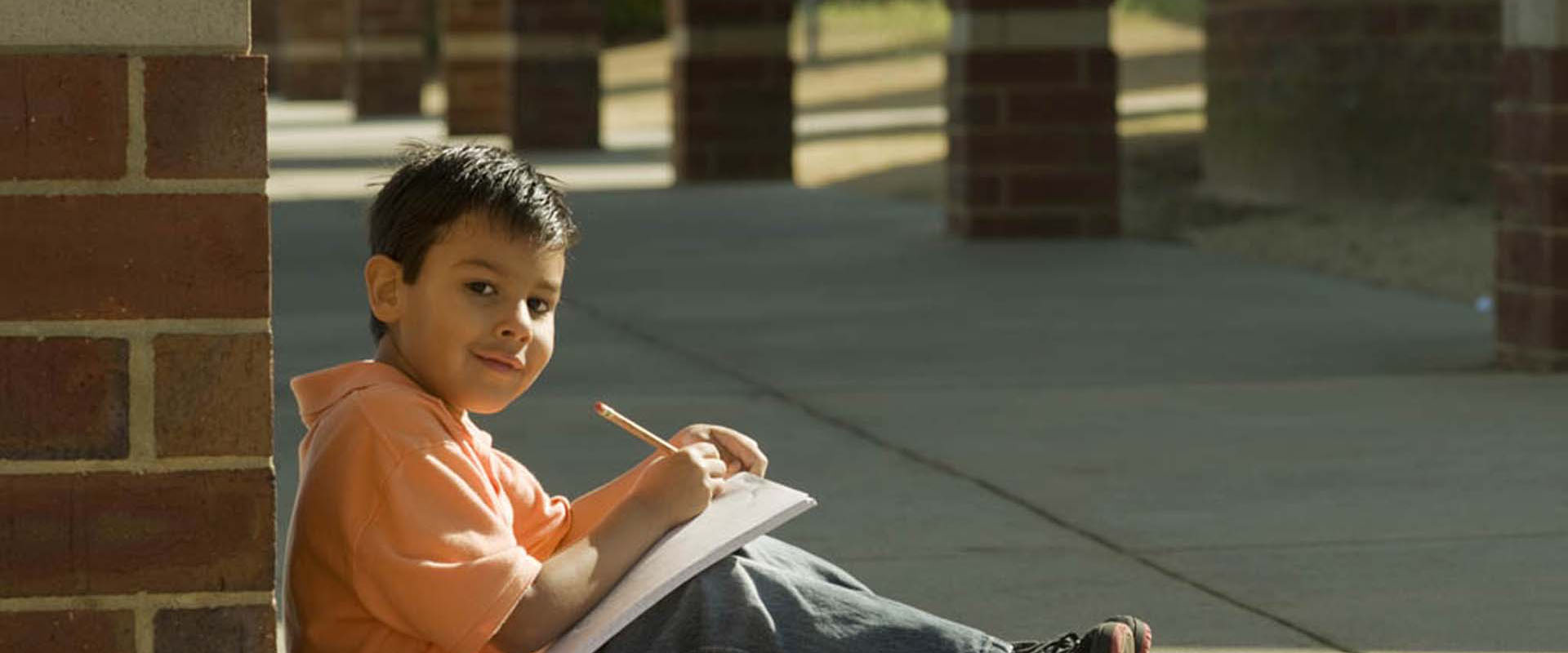COVID-19 Presents New Challenges for Complying with Child Find Obligations

September 2021
Number 28
As evidence mounts regarding the potential long-term health impacts of COVID-19, the U.S. Department of Education’s (USDOE) Office of Special Education and Rehabilitative Services (OSERS) has issued new guidance to clarify the child find duties and assessment obligations of school districts and other local educational agencies (LEAs) where the after-effects of COVID-19 impact a student’s learning and ability to access the general education program.
Background
“Child find” refers to the obligation of LEAs to locate and identify all children with disabilities to determine whether they are eligible under special education or Section 504. This obligation applies to all children residing within the district’s boundaries. Importantly, this includes those students who are experiencing homelessness, are wards of the state, are highly mobile or migrant, are English-language learners, are homeschooled, attend private schools or public charter schools, are in nursing homes, or are incarcerated. Over the last two years, virtual instruction, distance learning, and independent study have all created additional unique child find challenges for school districts, but the affirmative obligation to locate and identify eligible students remains.
Enhancing Child Find Activities in Light of the Pandemic
While neither the IDEA nor Section 504 mandates any specific child find activities, school districts and LEAs should ensure they address the new challenges resulting from the pandemic. Acknowledging people are not necessarily receiving information in the same places they were before the pandemic, the OSERS guidance highlights several ways LEAs can focus on getting notice to those who need it, including providing information in community locations frequented by families, conducting social media campaigns, holding events in the community, and collaborating with local housing programs.
When the value of the property or services to be procured does not exceed $250,000, local agencies may use an informal procurement method to expedite the completion of the transactions and minimize the associated administrative burden and cost.
Child Find on the Basis of COVID-19 Related Conditions
School districts and other LEAs must refer a child for special education evaluation, or Section 504 assessment where appropriate, when a child has post-COVID conditions adversely affecting the child’s ability to participate in the general education curriculum. These medical conditions and their impact on learning and access to education are sufficient to suspect a disability and trigger the child find duty. School districts and other LEAs should propose assessment for these students.
In making the decision about whether to refer a student for assessment, school districts and other LEAs should distinguish between scenarios where student performance is affected by a suspected disability and those where limited academic performance is due to other impacts of the pandemic. When a student’s performance is primarily impacted by a lack of access to instruction and not a suspected disability, school districts and other LEAs should work with families to identify general education supports to address the learning loss. But, where a district suspects long COVID or a post-COVID condition are adversely impacting learning, the student should be referred for an eligibility evaluation under special education, or Section 504 where appropriate.
Takeaways
School districts and other LEAs are required to identify, locate, and evaluate children with suspected disabilities to determine whether they require special education and related services. Long COVID and post-COVID conditions may be qualifying impairments. Therefore, students with these conditions must be referred by the school district or other LEA for assessment when the condition is suspected to be adversely affecting the child’s ability to participate in the general education curriculum. Further, the pandemic has presented challenges in identifying students with disabilities, including non-COVID related impairments, due to different modes of contact between the student and the school. LEAs should take affirmative steps to locate and identify these students in light of these pandemic-related challenges.
If you have any questions about child find obligations or COVID-related special education issues, please contact the authors of this Client News Brief or an attorney at one of our eight offices located statewide. You can also subscribe to our podcasts, follow us on Facebook, Twitter and LinkedIn or download our mobile app.
Number 28
As evidence mounts regarding the potential long-term health impacts of COVID-19, the U.S. Department of Education’s (USDOE) Office of Special Education and Rehabilitative Services (OSERS) has issued new guidance to clarify the child find duties and assessment obligations of school districts and other local educational agencies (LEAs) where the after-effects of COVID-19 impact a student’s learning and ability to access the general education program.
Background
“Child find” refers to the obligation of LEAs to locate and identify all children with disabilities to determine whether they are eligible under special education or Section 504. This obligation applies to all children residing within the district’s boundaries. Importantly, this includes those students who are experiencing homelessness, are wards of the state, are highly mobile or migrant, are English-language learners, are homeschooled, attend private schools or public charter schools, are in nursing homes, or are incarcerated. Over the last two years, virtual instruction, distance learning, and independent study have all created additional unique child find challenges for school districts, but the affirmative obligation to locate and identify eligible students remains.
Enhancing Child Find Activities in Light of the Pandemic
While neither the IDEA nor Section 504 mandates any specific child find activities, school districts and LEAs should ensure they address the new challenges resulting from the pandemic. Acknowledging people are not necessarily receiving information in the same places they were before the pandemic, the OSERS guidance highlights several ways LEAs can focus on getting notice to those who need it, including providing information in community locations frequented by families, conducting social media campaigns, holding events in the community, and collaborating with local housing programs.
When the value of the property or services to be procured does not exceed $250,000, local agencies may use an informal procurement method to expedite the completion of the transactions and minimize the associated administrative burden and cost.
Child Find on the Basis of COVID-19 Related Conditions
School districts and other LEAs must refer a child for special education evaluation, or Section 504 assessment where appropriate, when a child has post-COVID conditions adversely affecting the child’s ability to participate in the general education curriculum. These medical conditions and their impact on learning and access to education are sufficient to suspect a disability and trigger the child find duty. School districts and other LEAs should propose assessment for these students.
In making the decision about whether to refer a student for assessment, school districts and other LEAs should distinguish between scenarios where student performance is affected by a suspected disability and those where limited academic performance is due to other impacts of the pandemic. When a student’s performance is primarily impacted by a lack of access to instruction and not a suspected disability, school districts and other LEAs should work with families to identify general education supports to address the learning loss. But, where a district suspects long COVID or a post-COVID condition are adversely impacting learning, the student should be referred for an eligibility evaluation under special education, or Section 504 where appropriate.
Takeaways
School districts and other LEAs are required to identify, locate, and evaluate children with suspected disabilities to determine whether they require special education and related services. Long COVID and post-COVID conditions may be qualifying impairments. Therefore, students with these conditions must be referred by the school district or other LEA for assessment when the condition is suspected to be adversely affecting the child’s ability to participate in the general education curriculum. Further, the pandemic has presented challenges in identifying students with disabilities, including non-COVID related impairments, due to different modes of contact between the student and the school. LEAs should take affirmative steps to locate and identify these students in light of these pandemic-related challenges.
If you have any questions about child find obligations or COVID-related special education issues, please contact the authors of this Client News Brief or an attorney at one of our eight offices located statewide. You can also subscribe to our podcasts, follow us on Facebook, Twitter and LinkedIn or download our mobile app.
As the information contained herein is necessarily general, its application to a particular set of facts and circumstances may vary. For this reason, this News Brief does not constitute legal advice. We recommend that you consult with your counsel prior to acting on the information contained herein.




